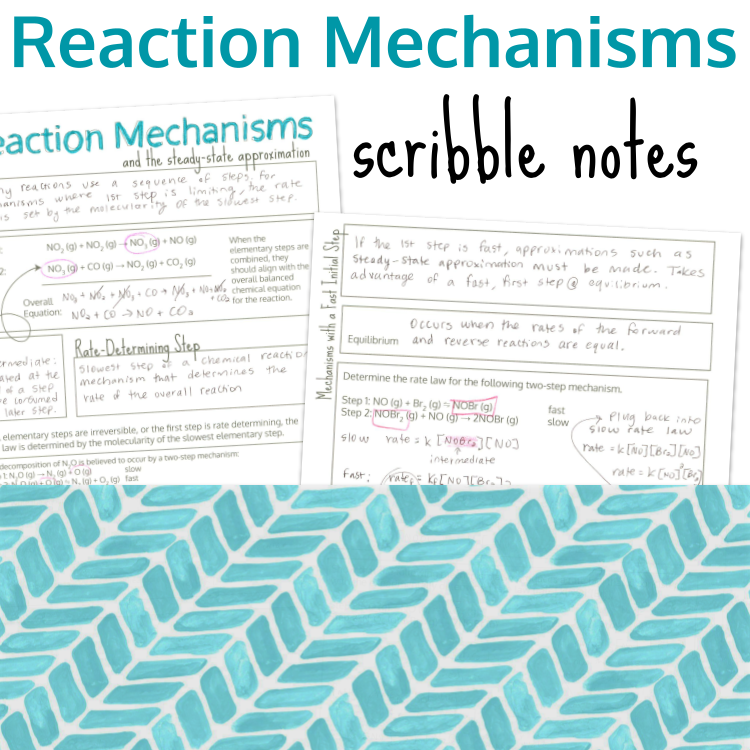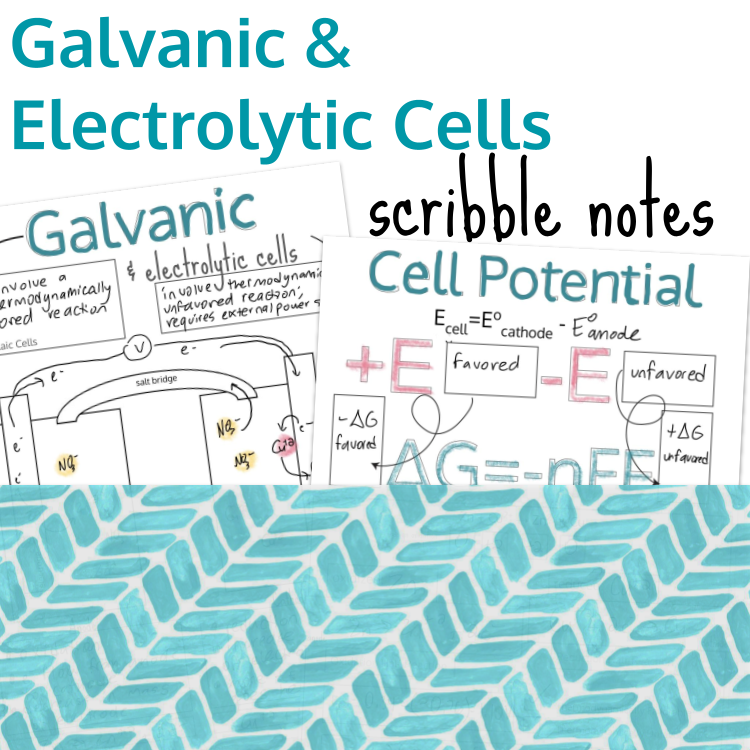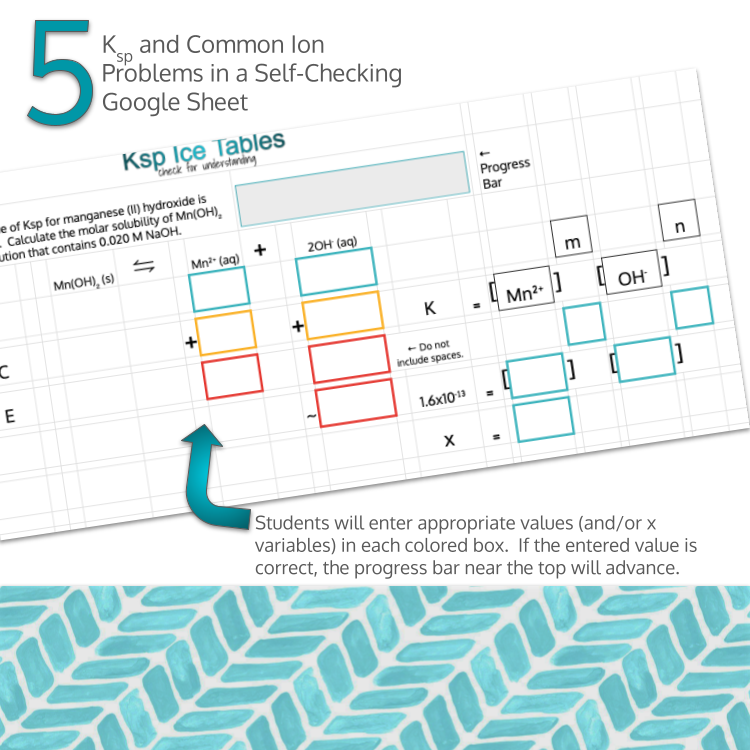 Image 1 of 2
Image 1 of 2

 Image 2 of 2
Image 2 of 2



AP Chemistry Intermolecular Forces IMF WAR Printable Card Game
Want an engaging activity for students to practice identifying intermolecular forces and the effect they have on properties? Try this game of IMF WAR! In a game of WAR, students in pair will compare two IMF diagrams to determine who has the following:
weakest IMF
strongest IMF
lowest melting point
highest melting point
lowest boiling point
highest boiling point
greatest solubility in water
lowest solubility in water
Which property they consider will be determined by the spin of a wheel! For example, maybe the students spin the wheel and land on "greatest solubility in water." Students then compare the two cards that are at play for the round. If one has a molecule that exhibits London dispersion forces and the other molecule exhibits hydrogen-bonding, then the student with the hydrogen-bonding capable molecule would win the round! Play continues until one student has collected all the cards or until you call time, in which case they can determine who has the most cards at the end.
Students should be familiar with the following intermolecular forces, and be able to determine these IMF from diagrams:
London dispersion forces
dipole-dipole forces
hydrogen-bonding
electrostatic attraction between ions
This printable activity comes with two versions of the cards, one in complete color and the other in an ink-saving version. There is also a printable pdf of the wheel. SPINNERS are not included in this resource. The instructions for this activity will include a variety of ways that you could create these spinners.
Join my email list and receive four self-checking ideas, along with four FREE self-checking products and/or templates.
Let's connect on Instagram.
Want an engaging activity for students to practice identifying intermolecular forces and the effect they have on properties? Try this game of IMF WAR! In a game of WAR, students in pair will compare two IMF diagrams to determine who has the following:
weakest IMF
strongest IMF
lowest melting point
highest melting point
lowest boiling point
highest boiling point
greatest solubility in water
lowest solubility in water
Which property they consider will be determined by the spin of a wheel! For example, maybe the students spin the wheel and land on "greatest solubility in water." Students then compare the two cards that are at play for the round. If one has a molecule that exhibits London dispersion forces and the other molecule exhibits hydrogen-bonding, then the student with the hydrogen-bonding capable molecule would win the round! Play continues until one student has collected all the cards or until you call time, in which case they can determine who has the most cards at the end.
Students should be familiar with the following intermolecular forces, and be able to determine these IMF from diagrams:
London dispersion forces
dipole-dipole forces
hydrogen-bonding
electrostatic attraction between ions
This printable activity comes with two versions of the cards, one in complete color and the other in an ink-saving version. There is also a printable pdf of the wheel. SPINNERS are not included in this resource. The instructions for this activity will include a variety of ways that you could create these spinners.
Join my email list and receive four self-checking ideas, along with four FREE self-checking products and/or templates.
Let's connect on Instagram.





















